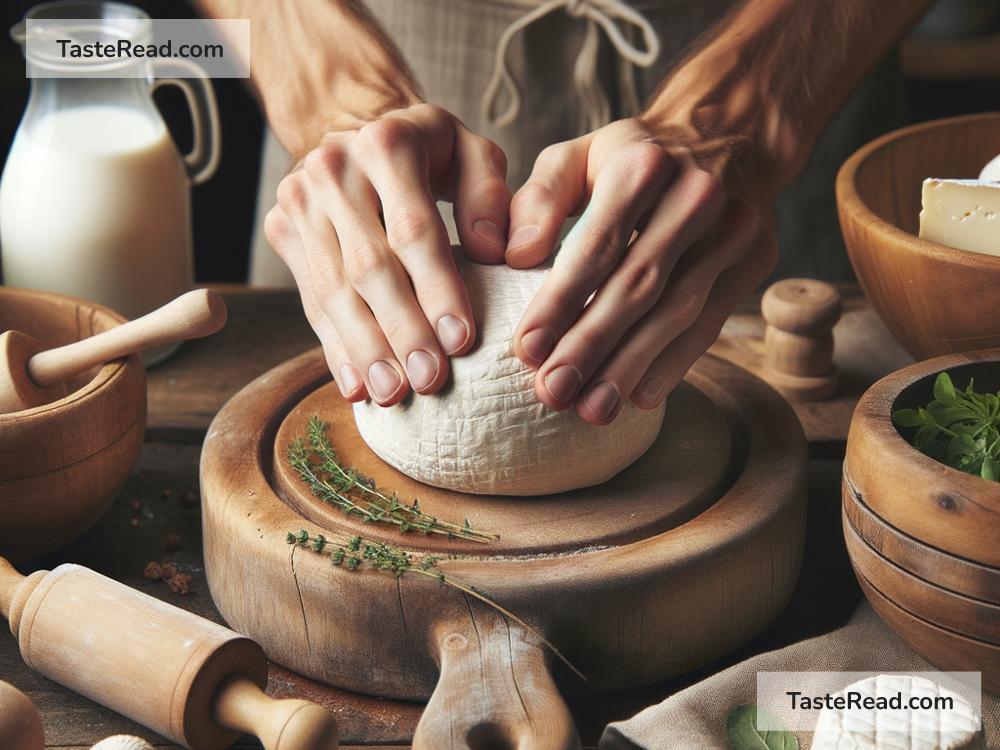Unlocking the Secrets to Making Hand-Crafted Artisan Cheeses: A Beginner’s Guide
In the sprawling world of culinary delights, cheese holds a special place in the hearts of many. Traversing beyond the realm of mere food, cheese represents a craft, an art form that has been cherished and perfected over centuries. While the thought of making your own artisan cheese may seem daunting at first, it’s an incredibly rewarding experience that brings you closer to the age-old traditions of cheese making. Today, let’s embark on a journey to discover the advanced techniques for preparing hand-crafted artisan cheeses, broken down into simple, digestible steps.
1. Understanding the Basics: Milk Selection
The foundation of any great cheese is the milk. Artisan cheese making elevates the importance of choosing high-quality, fresh milk, whether it’s from cows, goats, or sheep. The breed of the animal and their diet significantly influences the flavor profile of your cheese, so consider starting with milk from local farms where animals graze on rich, diverse pastures. Essential to note is the difference between raw and pasteurized milk and how each impacts the final product. While raw milk carries the full spectrum of flavors, it requires careful handling to ensure safety.
2. The Magic of Culturing
Culturing is the process that begins to transform milk into cheese. By introducing specific bacteria or cultures, you start the fermentation process, which deepens the complexity of flavors. Advanced cheese making explores using a blend of cultures or even wild cultures from your environment to create a unique cheese that reflects a sense of place, also known as terroir. Mastering the timing and temperature during this phase is crucial, as it affects the development of the cheese’s character.
3. The Art of Coagulation
Coagulation is where we see milk start to become cheese. Rennet, an enzyme, is added to separate the milk into curds and whey. The key to artisan cheese making lies in understanding how different levels of coagulation influence the texture of your cheese. For softer cheeses, a gentler coagulation is desired, while firmer cheeses need a more robust set. Experimenting with the cutting size of curds, stirring techniques, and resting times opens a whole new world of textures and flavors.
4. Mastering the Press and Age
For cheeses that require pressing, achieving the right pressure is an art in itself. Too little and the cheese may remain too moist, too much and you risk losing creaminess. Hand-crafted cheese presses allow for delicate adjustments and the ability to feel the cheese’s resistance. Aging or affinage is where patience truly becomes a virtue. This period of maturation in carefully controlled conditions allows the flavors and textures of the cheese to develop fully. Experimenting with different aging environments, such as caves or wine cellars, and treatments like washing, wrapping, or smoking, can elevate a simple cheese to a sensational experience.
5. Embrace Experimentation and Patience
The essence of artisan cheese making lies in embracing the unique and the unpredictable. Every batch of cheese tells a different story, influenced by the milk, the environment, and the hands that craft it. Keeping detailed notes of each attempt will guide you in refining your techniques and recipes. Remember, making hand-crafted artisan cheese is a slow journey filled with discovery, learning, and of course, tasting.
In conclusion, advancing your skills in preparing hand-crafted artisan cheeses is a deeply satisfying endeavor that connects you with a timeless craft. By selecting quality milk, mastering the nuances of culturing and coagulation, perfecting the art of pressing and aging, and above all, embracing experimentation and patience, you’re well on your way to creating extraordinary cheeses that capture a taste of the land and the passion of its maker. Don’t be afraid to start small, make mistakes, and let your curiosity lead the way. Happy cheese making!


